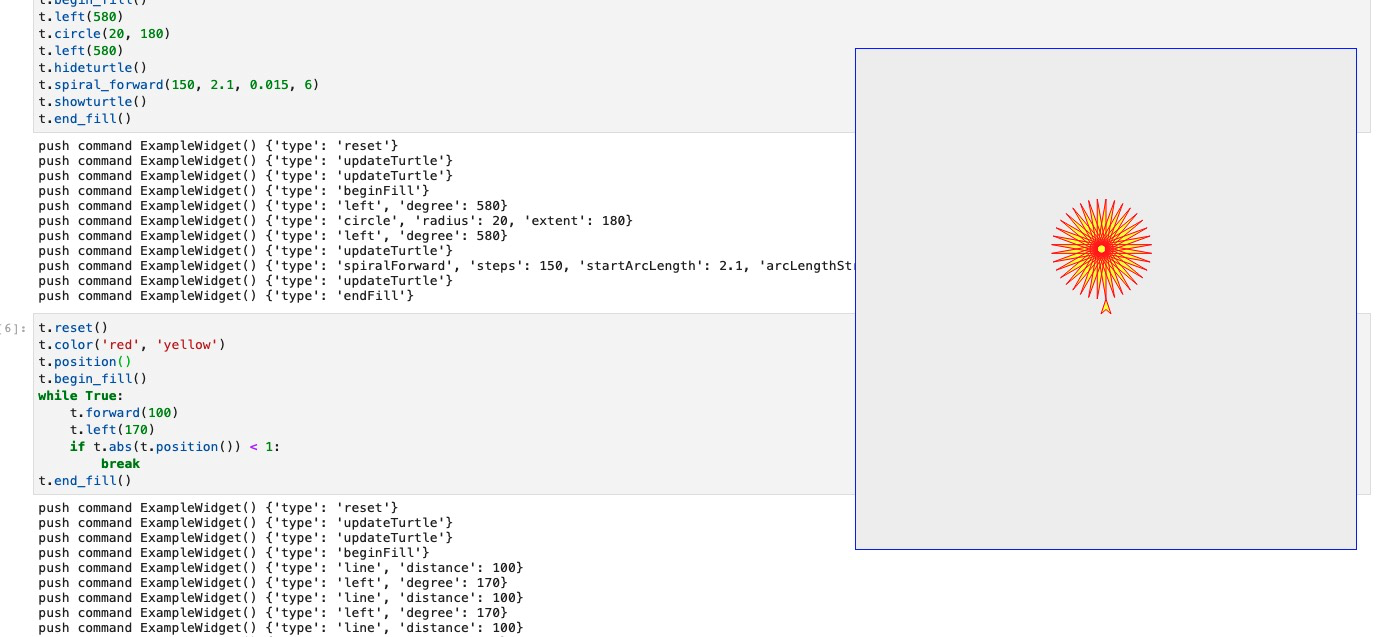

To access them, open JupyterLab's command palette, and search for "Kite:". The JupyterLab plugin provides a number of commands for ease of use.

If you have enabled "docs are following cursor" in the Copilot, then the Copilot will automatically update with the documentation of the identifier underneath your cursor. Kite can also quickly retrieve documentation for the code you are working with. For example, Kite can suggest completions for generic code structure, such as control structures and variable assignments, to name a few. If you have upgraded to Kite Pro, Kite may suggest completions that can complete multiple words at once. module or function) as well as a short snippet of the documentation if available. In the case of name and attribute completions, Kite will also provide the kind of value represented by the completion (e.g. An example of an attribute completion would be: import numpy as np The example above illustrates a name expression completion. Kite can provide completions for Python keywords, name expressions or attribute expressions. Kite: Toggle Docs Panel in JupyterLab's command palette. Tip: You can toggle the completions documentation panel on/off with the command Now type the following code: import n$Ī list of suggested completions should automatically appear. Make sure that this file has been saved with a. In the following sections, the $ character indicates the position of your editor's text cursor. If Kite is installed but not running, please start the Kite Engine before continuing with the rest of this guide.
#Jupyterlab plugins install
If Kite is not installed, you'll need to download and install it first. Note: If you're running Kite for the first time, it may take several minutes for Kite to finish indexing your codebase. This typically means that you are coding in an unsaved file or a filetype not yet supported by Kite. There are a handful of possible states Kite can be in, as described in the following table: Message If Kite is installed properly, you should see a small Kite logo at the bottom left corner of the JupyterLab window. Note: If you installed the JupyterLab plugin while JupyterLab was already running, you'll need to restart JupyterLab for the plugin to activate.
#Jupyterlab plugins how to
If you don't have the JupyterLab plugin installed, you can learn how to do so here. The only prerequisites are that you have Kite Engine running and the JupyterLab plugin installed. In this article, you'll learn how to access all the features the JupyterLab plugin has to offer for Python.


 0 kommentar(er)
0 kommentar(er)
